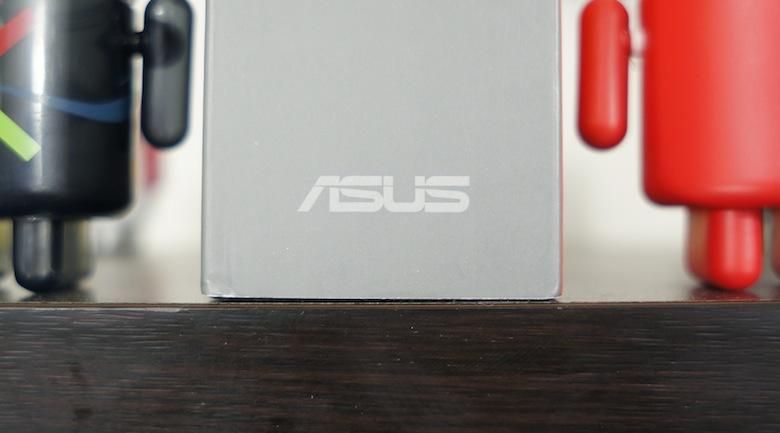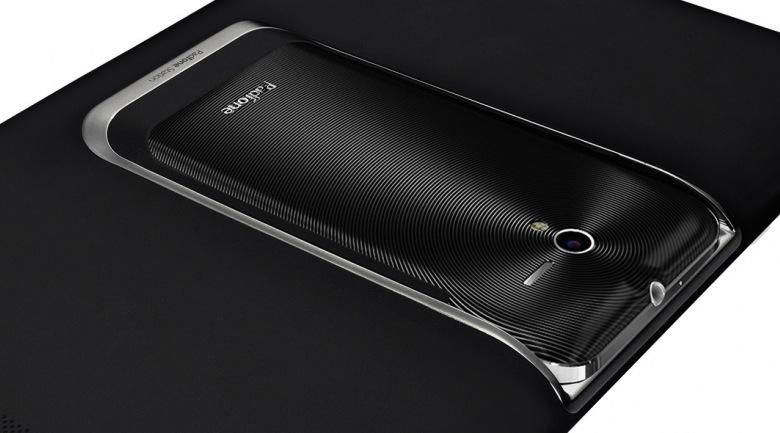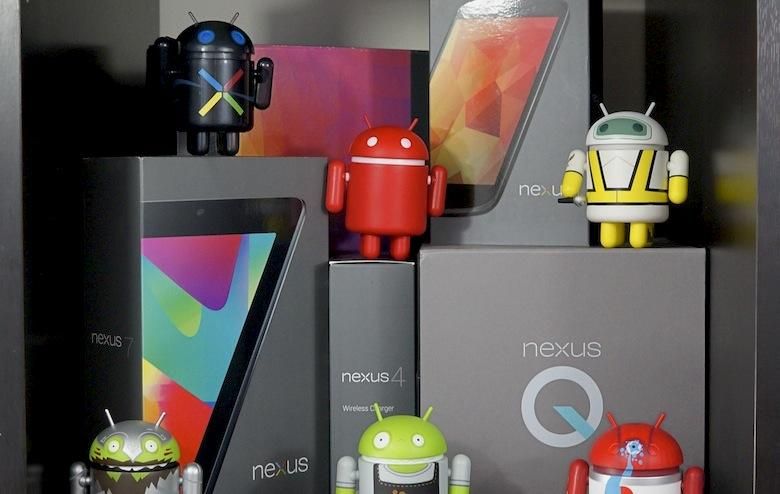I love tablets. I've loved tablets from the time I first laid eyes on one. I was in high school and one of my friend's younger sister got a Windows tablet for Christmas. From that time, I couldn't shake the idea of how awesome it would be to have a portable computer without a bulky keyboard.
Give me a break, I was only 16.
Three years later, I bought my first tablet, a 5-inch Android tablet made by Archos. Fast forward to today and I've owned somewhere north of 20 tablets. Of those, at least five have been ASUS-made tablets. And of them all, some of my very favorite tablets to date were made by none other than ASUS.
While it was never a leader in tablet market share, ASUS made a name for itself innovating tablets with unique features and competitive pricing. For example, the original Eee Pad Transformer was sold with an add-on OEM keyboard dock, which practically made it a touchscreen Android netbook. It was also the first high-end, 10.1-inch Android tablet to hit the $400 mark. ASUS also innovated with the Padfone, a smartphone that docks in a tablet housing, which then can dock in a keyboard. Last year, it introduced a Bluetooth stylus, too, so you could take calls from your tablet (the right way).
It was only one year ago that I was praising ASUS for seemingly driving innovation in the tablet sector single-handed. Yet now the company has silently slipped into the shadows of larger, non-Apple tablet manufacturers.
Samsung has saturated the Android tablet market like no other with its Galaxy Tab and Galaxy Note brands. The Nexus 10, also by Samsung, is one of the best full-sized tablet values on the market. And the Nexus 7, made by ASUS, while still a great value, is only one among many cheap, high-end Android slabs.
ASUS has become the victim of its own innovations that just couldn't stick. Not to mention, the integrated keyboard dock is no longer a unique feature of the Transformer Pad series, but a common accessory, thanks to Surface and other Windows tablets.
What was once the only non-Apple tablet manufacturer I would recommend to prospective buyers has, sadly, joined the masses of manufacturers I unintentionally overlook. The silent, drawn-out launch of the Transformer Pad 300 and Transformer Pad Infinity didn't help. The Infinity was a tablet many were looking forward to buying, yet it was released quietly, under the radar and never lived up to its potential.
The design of Padfone is novel and inspiring.
And now it seems ASUS is hung up on a tangent that is great in theory but terrible – so far – in practice. Padfone.
When I read the first rumor of the Padfone back in 2010, I couldn't help but salivate a little. As a tablet fiend, I found the idea of turning my phone into a full-sized tablet brilliant. It eliminates the need for two data packages (or the tablet to be limited to Wi-Fi), consolidates storage to a single drive, gives the phone a much-needed battery boost and, of course, offers a much larger display and keyboard dock.
This seems the better option than a phablet for many, as it could keep the phone a respectable size while still offering more real estate for displaying content.
Honestly, the concept is still spectacular. In theory, it works. But the smartphone market and ASUSTeK's struggle with pricing this innovative technology is pushing Padfone concept further and further into no man's land.
The first Padfone was a victim of the lightning-fast spec war. It was late to the game and suffered dated specifications. Padfone 2, announced in October 2012, brought a much-needed specification boost, but suffered an unsightly price tag. Paired with the tablet dock, the 32GB Padfone model was set to go on sale for €799 (roughly $1,062 USD) and €899 (or $1,195) for the 64GB model.
Today, ASUS announced the Padfone Infinity. With a 5-inch 1080p display, 1.7GHz quad-core Snapdragon 600 chip, 2GB RAM, 64GB built-in storage and a 13-megapixel camera with a f/2.0 lens, the Padfone is comparable to most other high-end handsets. But the Padfone Infinity will go on sale overseas starting at about €1,000 (approximately $1,329 USD).
One of the main ideas of Padfone is to save money, yet that's exactly what it doesn't do.
One could assume the phone itself warrants about $700 – at most, $800 – of the $1,300. That means the tablet dock (read: just a display, battery, some ports and housing) would account for the remaining $500 to $600.
For the price of a Padfone, you could have an entire family of Nexus devices or an iPhone and iPad.
For roughly the same price, you could buy a 16GB Nexus 4, two 32GB Nexus 7s and 16GB Nexus 10 – a phone and three high-end tablets. Or to be more fair, you could buy a no-contract 32GB iPhone 5 and fourth-gen 16GB iPad, two arguably pricey items, for just over $1,300.
Basically, any other configuration of smartphone and tablet is more bang for your buck. Best of all, you can resell them independently and relatively easily. Trying to resell a phone with a tablet dock for anywhere near the original price might be quite the challenge.
Don't get me wrong, I still love the idea of Padfone. But ASUS was the manufacturer that really started the price war in the tablet market (Motorola and Samsung were making $600 to $900 tablets before the original Eee Pad Transformer sold for $399). You would expect it to price an innovative, smartphone-tablet hybrid device appropriately, not more than it would cost to buy a no-contract smartphone and a full-fledged tablet.
If the original Padfone and Padfone 2 are any indication, the Padfone Infinity will fail to be a success, too. I'm not even sure proper marketing, something ASUS isn't exactly known for, could save it. It just lacks the proper combination of price and specifications to truly win any substantial number of buyers over. We're all salivating over out keyboards until the price tag snaps us back into reality.
Price the Padfone competitively, ASUS, and you might sell a few. Heck, I would buy one if it weren't as much as a new MacBook Air or Chromebook Pixel.



